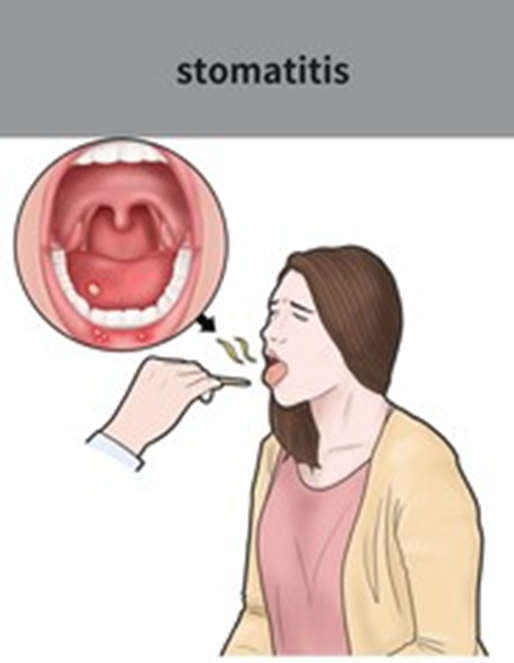A nurse is caring for a client who has a prescription for propranolol for the treatment of atrial fibrillation. Which of the following actions should the nurse take?
Withhold the medication if the systolic blood pressure is less than 90 mm Hg.
Request a dosage increase if the apical heart rate is less than 60/min.
Inform the client to expect increased hair growth.
Administer the medication with an antacid.
The Correct Answer is A
Choice A reason: Withholding the medication if the systolic blood pressure is less than 90 mm Hg is an appropriate action, as propranolol is a beta-blocker that can lower blood pressure and cause hypotension, which can impair tissue perfusion and cause dizziness, fainting, or shock.
Choice B reason: Requesting a dosage increase if the apical heart rate is less than 60/min is an inappropriate action, as propranolol can slow down the heart rate and cause bradycardia, which can lead to fatigue, weakness, or cardiac arrest. The nurse should monitor the apical pulse before administering propranolol and withhold it if it is less than 60/min.
Choice C reason: Informing the client to expect increased hair growth is an incorrect statement, as propranolol does not cause hypertrichosis or excessive hair growth. However, another beta-blocker, minoxidil, can cause this side effect.
Choice D reason: Administering the medication with an antacid is not an appropriate action, as antacids can interfere with the absorption of propranolol and reduce its effectiveness. The nurse should administer propranolol on an empty stomach or with food that does not contain antacids.
Nursing Test Bank
Naxlex Comprehensive Predictor Exams
Related Questions
Correct Answer is D
Explanation
Choice A reason: Hypertension is not a sign of a septic reaction, but rather a sign of a hypertensive or circulatory overload reaction to the blood transfusion.
Choice B reason: Distended neck veins are not a sign of a septic reaction, but rather a sign of a circulatory overload or cardiac failure reaction to the blood transfusion.
Choice C reason: Polyuria is not a sign of a septic reaction, but rather a sign of a hemolytic or renal failure reaction to the blood transfusion.
Choice D reason: Vomiting is a sign of a septic reaction, which occurs when the blood transfusion is contaminated with bacteria. Other signs of a septic reaction include fever, chills, hypotension, and shock.
Correct Answer is C
Explanation
Choice C: Recommending consumption of cold items is an action that the nurse should take to help manage stomatitis, which is inflammation and ulceration of the oral mucosa. Cold items can help soothe the irritation and reduce swelling.

Choice a is not correct because providing an alcohol-based mouthwash is an action that the nurse should avoid when caring for a client who has stomatitis. Alcohol can dry and irritate the oral mucosa and worsen the condition.
Choice b is not correct because minimizing the use of gravies and sauces is not an action that the nurse should take to help manage stomatitis. Gravies and sauces can help moisten dry foods and make them easier to swallow for a client who has stomatitis.
Choice d is not correct because discouraging drinking with a straw is not an action that the nurse should take to help manage stomatitis. Drinking with a straw can help prevent contact between fluids and sore areas of the mouth and reduce pain for a client who has stomatitis.
Whether you are a student looking to ace your exams or a practicing nurse seeking to enhance your expertise , our nursing education contents will empower you with the confidence and competence to make a difference in the lives of patients and become a respected leader in the healthcare field.
Visit Naxlex, invest in your future and unlock endless possibilities with our unparalleled nursing education contents today
Report Wrong Answer on the Current Question
Do you disagree with the answer? If yes, what is your expected answer? Explain.
Kindly be descriptive with the issue you are facing.
